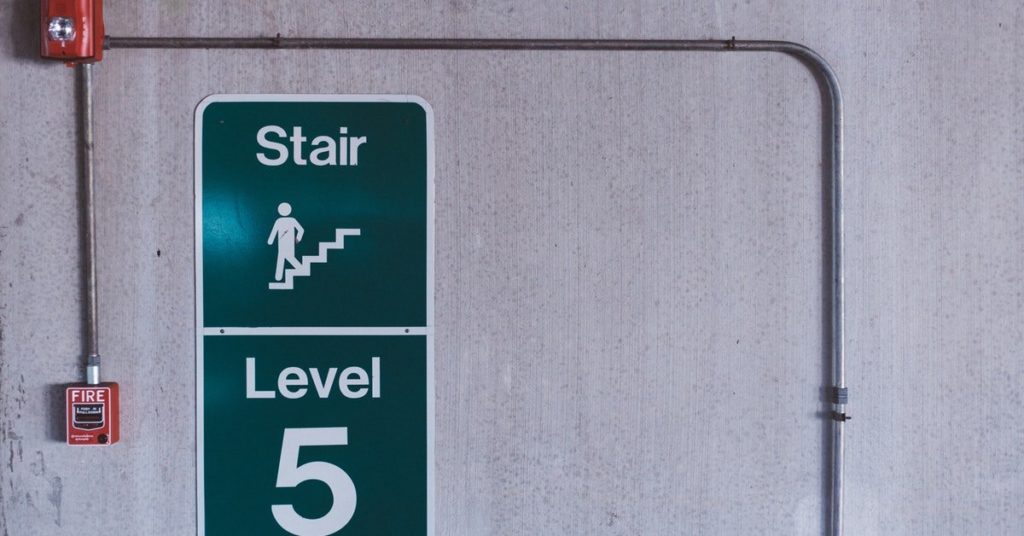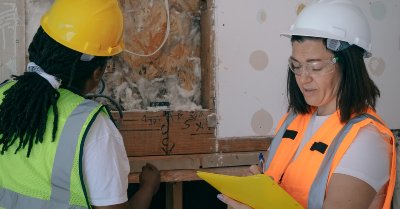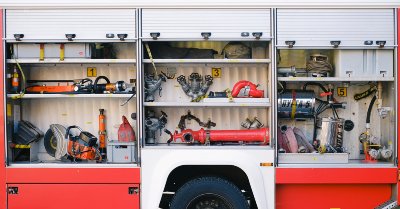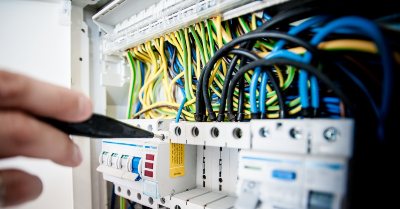Fire Safety Checklist for Business

Estimated reading time: 5 minutes
Introduction
Fire Safety in the office can be a lot to handle. Often for those managing or owning businesses, dealing with it can become a burden alongside other typically-demanding duties. As such, we’ve created a fire safety checklist with which you can manage all procedures you need to implement in your workplace. Below, you can read about the reasoning behind this checklist and what areas of fire safety it considers.
It is important to note that a fire safety checklist can never be universal. Offices can be very similar or completely unique. Accounting offices probably need a different set of fire safety protocols to clay-modelling workshops. Understanding this is key going forward.
What should your Fire Safety Checklist cover?
Administrative Duties
It’s important to set out your initial administrative guidelines, to dictate the procedures you’ll implement and follow in an emergency.
For example, you should establish the maximum occupancy of your premises. Knowing how many people should sensibly be in your building at any one time helps you to understand the bounds of your fire safety responsibilities. In short, if you and your colleagues strictly adhere to a 50-person limit in the office, then you can plan your evacuation procedures for 50 people.

So too, you are legally required to undertake a fire risk assessment. Moreover, a competent/trained person must complete this assessment. They must review the safety of the premises and make recommendations for any necessary improvements. Additionally, you should predetermine a date for a fire risk assessment review, preferably annually, in order to understand the most current risks to safety.
You must also write Personal Emergency Evacuation Plans (PEEPs) for the differently-abled. This includes all those with lessened mobility who work in the office daily or may be onsite at any point. ‘PEEPs’ must detail any equipment you may need for evacuation. For example, you should have evacuation chairs ready by stairwells for those in wheelchairs, strobe alarms for those with hearing difficulties and perhaps a ‘buddy’ system for those with impaired vision.
Additionally, you should appoint a number of fire wardens/marshals. Establish your building’s level of risk in your assessment; this is typically based on the type of workplace, the number of floors and the layout of the premises. This level then dictates how many fire wardens you need; low-risk premises need 1 per 50, medium-risk 1 per 20 and high-risk 1 per 15. Most UK offices are medium-risk.
Training
In addition to these administrative duties, you are also legally-mandated to provide formal fire safety training to all those in the office. In addition, you must provide fire marshal or fire warden training to specially-appointed members of staff. This training should include practice with fire extinguishers and any other fire equipment in the office.
Similarly, you and your colleagues should regularly practice your fire evacuation procedures with scheduled drills. Practice calmly and quickly reaching the fire assembly point and accounting for all those present in the office.
Equipment
There’s no point training yourself and your colleagues to use fire equipment in the event of an emergency if it’s not always to hand. Accordingly, remember to fully kit out your office with whatever fire equipment you require, according to your fire risk assessment. Whilst it’s impossible to know all of the possible causes and categories of workplace fire, you can still prepare yourself adequately.
For example, offices are often most susceptible to electrical fires, which require a CO2 fire extinguisher. Understanding, to the best of your ability, the possible causes of fire in your office is key to tackling them.

Similarly, do you have a legally-mandated fire detection system? Whilst you don’t have (or necessarily need) to have smoke alarms, you must have some kind of smoke detection system. If you have a large office, with multiple exits, floors and/or rooms, your best option is to install smoke detectors. Also, remember never to unplug or turn off smoke alarms.
Regarding the aforementioned Personal Emergency Evacuation Plans for the differently-abled, are you appropriately equipped? If you need evacuation chairs, strobe light alarms, wheelchair ramps or any possible adjustment to the office, would it be accessible during a fire?
Proactive Maintenance
Finally, you should take an interest in this equipment. If you have sophisticated fire detection systems and fire extinguishers on every floor, you need to make the effort to maintain them. Have your electrical equipment PAT-tested and use the smoke alarms in your regular fire drills.

Furthermore, you can take daily actions to prevent problems during a fire. Ensure that pre-designated fire exit routes are respected and never blocked by chairs, desks or any obstructions. Also, never prop fire doors open, even in the summer heat.
Conclusion
Whilst this fire safety checklist is by no means exhaustive, it covers a lot of ground. You can implement many of the procedures detailed here in your company’s fire safety protocol. However, the main thing we hope you’ve grasped from this is that every building is different and so too are their fire safety necessities.
